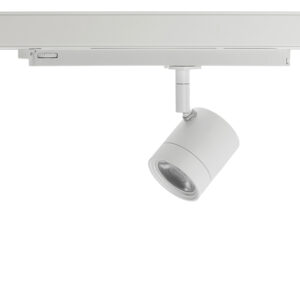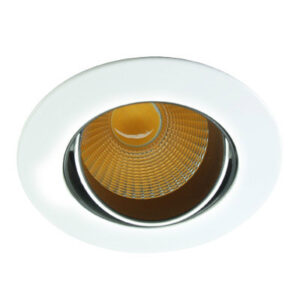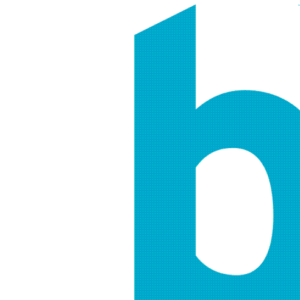- ClientFusion LX
- LocationTwickenham Stadium
- Photography© Basis Lighting
- SectorExhibitions
We were asked by FusionLX to assist in the lighting scheme for the new World Rugby museum at Twickenham Stadium. The stadium has exhibited memorabilia since 1979 but this was to be a new and prestigious museum of sport in the home of rugby. As with all of our museum lighting projects, we were keen to use our lights to show all exhibits at their very best. This would include illuminating 15,000 pieces of archival material, 9,000 photographs and rare artifacts such as the world’s oldest international rugby football jersey and the iconic Calcutta Cup.
Our team was faced with the challenge of delivering the correct quality of light at an output that could be easily controlled by the museum. As exhibits are often changed, it was important that alterations to the quality or direction of the light could be performed efficiently. To illuminate the showcases from above, we used the versatile Kuper spotlights, half of which were self-dimming allowing the curators to change the light levels according to the exhibits. We found this to be the optimal lighting type with the greatest flexibility of settings as each track light has individual controls and multiple modes. To illuminate the wheelchair rugby exhibit, we supplied Sienna downlights as the quality of light could be matched with the Kuper track spotlights to create consistency across the galleries. Colour temperature and quality of light was an important consideration when creating this museum lighting. To show the objects in their truest colour, we selected LEDs with 3000˚K 97 CRI, producing a very high quality lighting effect.
The result was a dynamic and exciting lighting scheme. By illuminating some objects with bright spotlights and others with self-dimming Kupers, the experience of navigating through the museum would be varied and intriguing. The museum was delighted with the lighting we produced with FusionLX, with all of their requirements met to a high standard and the lighting delivered on time.
The lights used were B611 Kuper with 3000˚K 97 CRI COB light engine and 422 Sienna trim downlights.
Lights used











